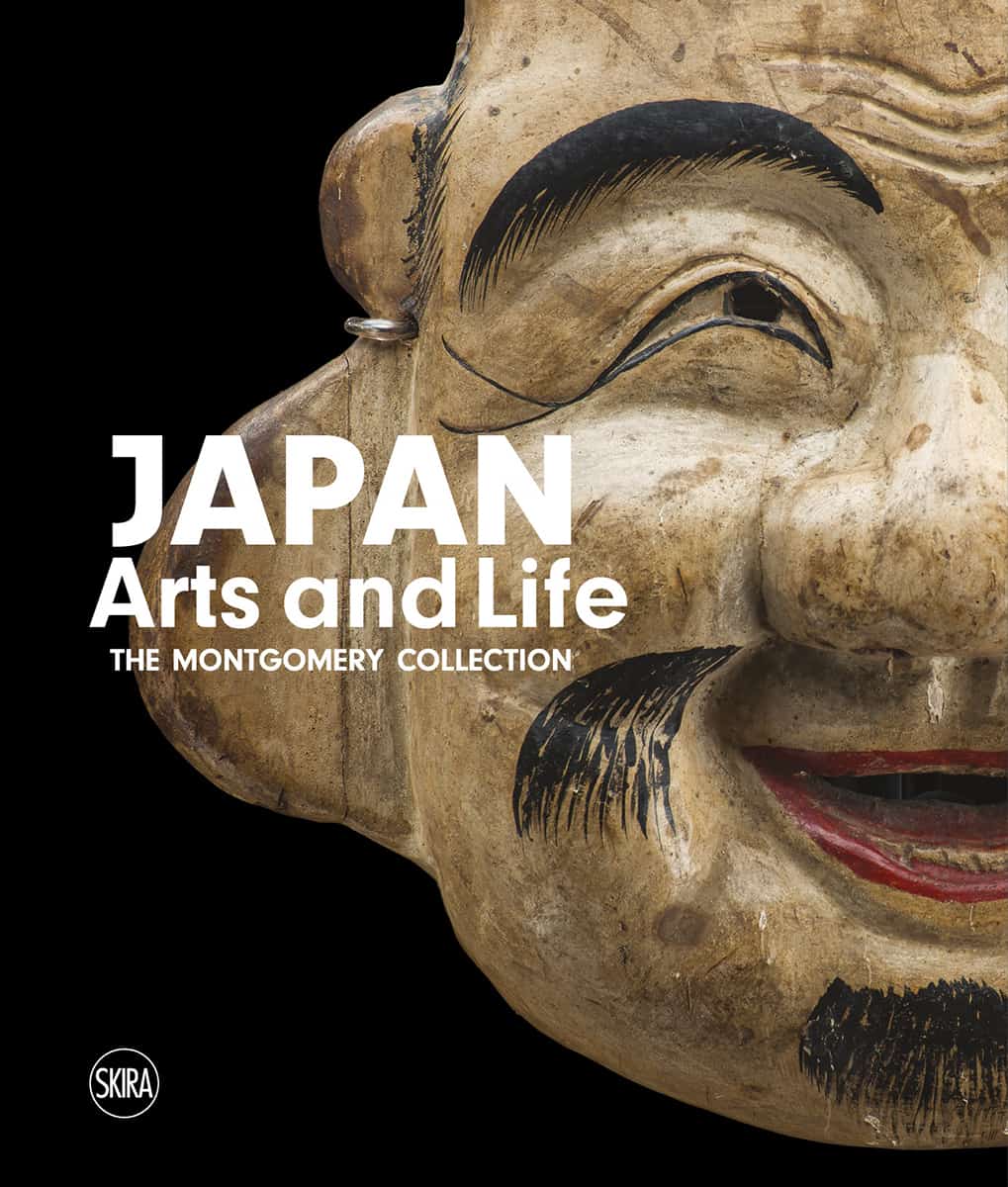VILLA MALPENSATA, LUGANO
For over fifty years at home in Lugano, the Jeffrey Montgomery Collection is one of the largest and best-known collections of Japanese art outside Japan. With this project, MUSEC celebrates a collecting passion and a heritage of great artistic and cultural value. A heritage that brings prestige to Lugano, thus consolidating the Ticino city’s historical ties with Swiss and international private art collecting. Set up on the two floors of the Spazio mostre (exhibition space) of Villa Malpensata, home of the MUSEC, the exhibition presents to the public one hundred and seventy works dating from the period between the 12th and 20th centuries – including textiles, furniture, paintings, religious and everyday objects – carefully selected from among the more than one thousand objects collected over a lifetime by Jeffrey Montgomery. Renowned throughout the world, the Montgomery Collection manifests an extraordinary richness and a very singular substance: it is “oriental”, and at the same time expresses a “popular” culture, reinterpreted in very high aesthetic terms by the elegant and refined choice of the collector who has dedicated his life to it. The collector’s experience and sensitivity are at the heart of the project developed by MUSEC and mark its originality, compared to the way his collection has been interpreted to date. As Francesco Paolo Campione, director of MUSEC, writes in his introductory text to the exhibition catalogue: “all art collections have a profound sense and value only if they are linked to the existential dimension and the human experience of the person who wanted, planned and realised them around him. The collector is indispensable to the collection: not only because he has created it, but because he ensures its originality, interpreting the spirit of the times.”

The Montgomery Collection is the fruit of the soul-searching that has accompanied the life of a man who does not consider himself the master, but rather a keeper, the fortunate custodian of a heritage of objects bound together by a secret form of solidarity. The works collected with infinite love over the course of a lifetime are tools for approaching and discovering the countless sides of Japanese culture, to which Jeffrey Montgomery has dedicated a profound exploration and which he has always felt particularly close to his own sensitivity. The backbone of his worldview relates to the beauty of simplicity, considered as a hidden and profound guide. The rarefied refinement that characterises certain genres of Japanese art, such as paintings, textiles and lacquers, is combined in an almost ineffable way with the austere and, in many ways, rough simplicity of everyday objects. It is an almost oxymoronic combination that is capable – in the words of the collector – “of producing masterpieces that fascinate because they are able to combine the deepest genuineness with a taste for the essential. Things that, if you do not pause carefully to look at them, can escape you but that, if you are able to observe them for a long time, almost as if to grasp their essence, generate within the spectator an inexorable sensation of beauty.”
Harmony with nature and respect for tradition
In Jeffrey Montgomery’s reflections, beauty is authentic when it is inspired by the forms of nature, perfect in their absolute imperfection. Personal creativity and artistic individuality are not high on the scale of values in Japanese art. This is not because they are despised values, but because each kind of work is first and foremost the result of the artist’s ability to express skills handed down from his ancestors. Skills that have their origin in the mists of time, making the artist feel part of an unbroken history of beauty. Using a Western term, we could call this value by the name of ‘tradition’, also associating with it the sense of a quest that has taught mankind the importance of working in harmony with nature and with a deeply religious respect for the ‘secrets’ of the craft, in order to continue to ultimately make the world a better place. In this sense, the work of art expresses a materiality that, far from being technical, as is generally the case in the Western world, rather brings us back to the idea of an incessant transformation of the world and the feeling of irrepressible nostalgia that this transformation entails.
The impermanence of things
The end point of Jeffrey Montgomery’s collecting passion can only be existential in nature. His works do not generate a material accumulation but remain isolated, each one endowed with its own specific identity, as instruments capable of arousing and accompanying a true spiritual journey on the meaning of life. If there is a commonality, it is to be found, beyond the forms, in an ancient value proper to the civilisation that generated them, for which inner peace passes through the acceptance of the fact that nothing is finite, that nothing is perfect and that nothing lasts.
The collector
Jeffrey Montgomery was born in 1937 in California to a Norwegian mother and an English father. At the age of three, he moved with his father to England, where he stayed until the age of fourteen, before returning to his mother who lived in the United States. At the age of nineteen, he began a nomadic life, during which he began collecting Japanese art and folk art. In 1969, he moved permanently to Lugano, where he settled with his life partner and wife Mariangela.

